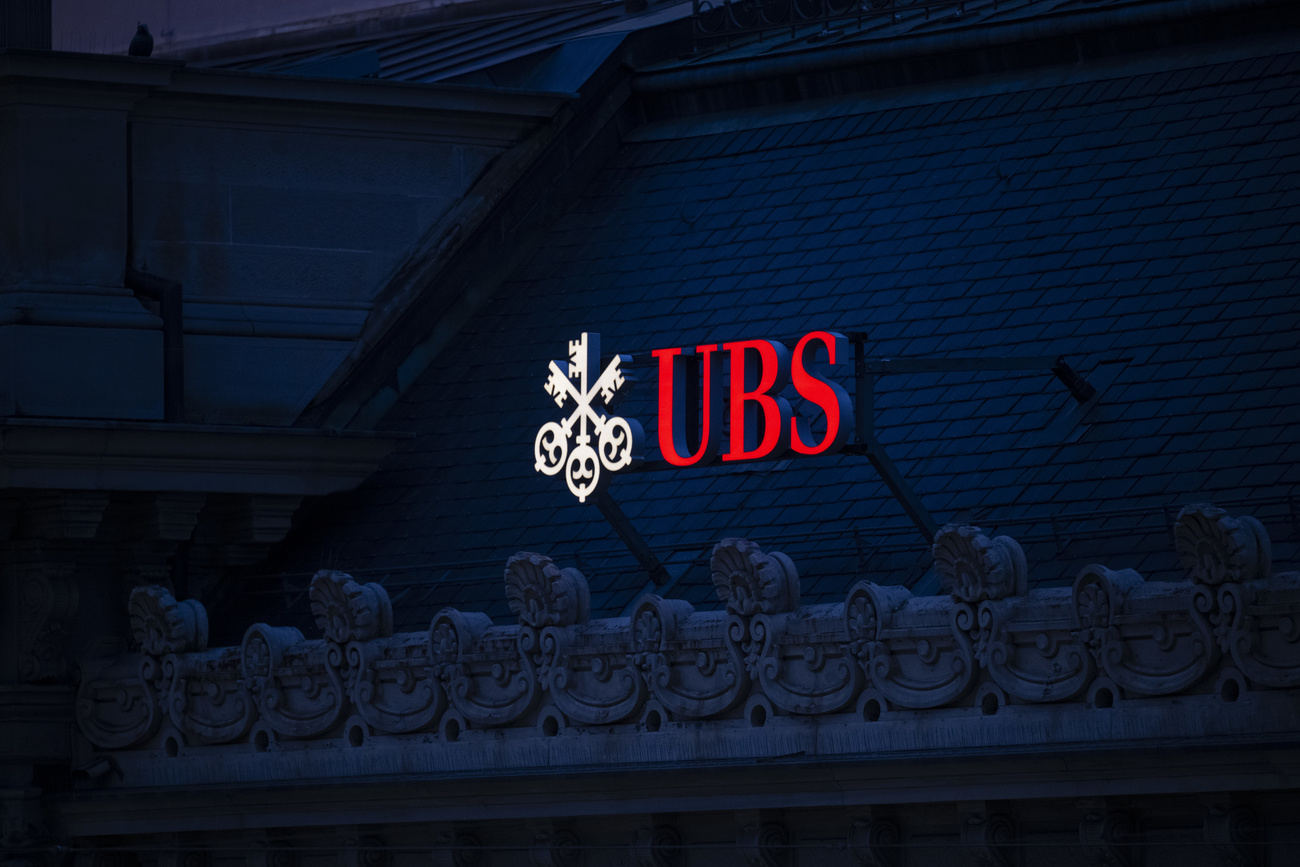Will Covid-19 push Switzerland into its worst post-war recession?

Switzerland’s gross domestic product (GDP) is expected to contract by around 6% this year. And that’s the best-case scenario. If the Covid-19 pandemic flares up again, the economy could plunge into a crisis even worse than that of the 1970s.
Coronavirus dealt a severe blow to the Swiss economy as early as the first quarter of the year, bringing GDP down by 2.6% compared with the previous three months. But containment measures taken since mid-March mean the economic downturn will be even more severe in the second quarter.
For the year as a whole, the State Secretariat for Economic Affairs (SECO) expects GDP to fall by 6.2%, while unemployment is expected to hit 3.8% year-on-year (compared with 2.3% in 2019). Slightly more optimistic is the Swiss Economic Centre (KOF), which forecasts a fall in GDP of 5.1%.

More
Coronavirus: the situation in Switzerland
The government and the cantons have taken a package of measures worth more than CHF60 billion ($63 billion), which should enable the economy to recover in the second half of the year and regain solid growth in 2021. Provided, that is, that there isn’t another major wave of coronavirus cases and that the main export markets for Swiss goods, starting with the EU, the US and Asia, also emerge from the crisis.
If this is not the case, GDP could sink by more than 7% this year, according to SECO. This would be the worst contraction since the Second World War.
Here is a summary of the main economic crises that have hit Switzerland in recent decades.
The oil crisis
After two decades of economic and demographic boom, Switzerland was hit hard by the global crisis of the 1970s. This was triggered by political and energy disputes, which led to an explosion in oil prices almost overnight. However, it was also linked to structural factors. In Switzerland, as in many European countries, it marked the decline of the secondary sector, especially heavy industry, and the advent of an increasingly service-based economy.
In 1975, Swiss GDP fell by 6.7%, which remains the post-war record. Employment fell by more than 10%, but the number of unemployed remained below 1%; in the absence of compulsory unemployment insurance, hundreds of thousands of foreign workers were forced to leave Switzerland.
The ‘long recession’
After sustained growth in the 1980s, with full employment, the following decade was marked by the “long recession”. GDP didn’t plummet but fluctuated between -0.9% and +0.5% for several years. The unemployment rate reached 5.7%, a post-war record. The real estate market went into crisis and banks were forced to take back thousands of properties and bad loans amounting to CHF40 billion.
September 11
The terrorist attacks in New York in 2001 shook the world economy and created serious uncertainty for investors. The Swiss economy only flirted with recession, but it experienced anaemic growth in the following two years. Between 2001 and 2003, unemployment rose from 1.5% to 4.3%. In order to support the economic recovery, the major central banks, including the Swiss National Bank (SNB), initiated a phase of low interest rates which continues today.
The global financial crisis
In the United States, the Federal Reserve’s monetary policy of low interest rates encouraged the formation of a real estate bubble, which burst in 2007. The subprime crisis – mortgage loans granted to insolvent customers – turned into an international financial crisis the following year. In Switzerland, the government and the SNB had to intervene to rescue the largest bank, UBS.
In 2009, GDP fell sharply by 2.2%. But Switzerland recovered better than other European countries from this crisis, and almost too well in terms of currency exchange rates: the strength of the Swiss economy in relation to the eurozone pushed up the franc, threatening the export industry. More than ten years later, the SNB still has to focus much of its efforts on combating the appreciation of the Swiss franc against the euro.

More
Surviving Covid-19: the Swiss economy’s strengths and weaknesses

More
How Switzerland became Switzerland: the main chapters of the country’s history up to 1848
Translated from Italian by Thomas Stephens

In compliance with the JTI standards
More: SWI swissinfo.ch certified by the Journalism Trust Initiative













You can find an overview of ongoing debates with our journalists here . Please join us!
If you want to start a conversation about a topic raised in this article or want to report factual errors, email us at english@swissinfo.ch.